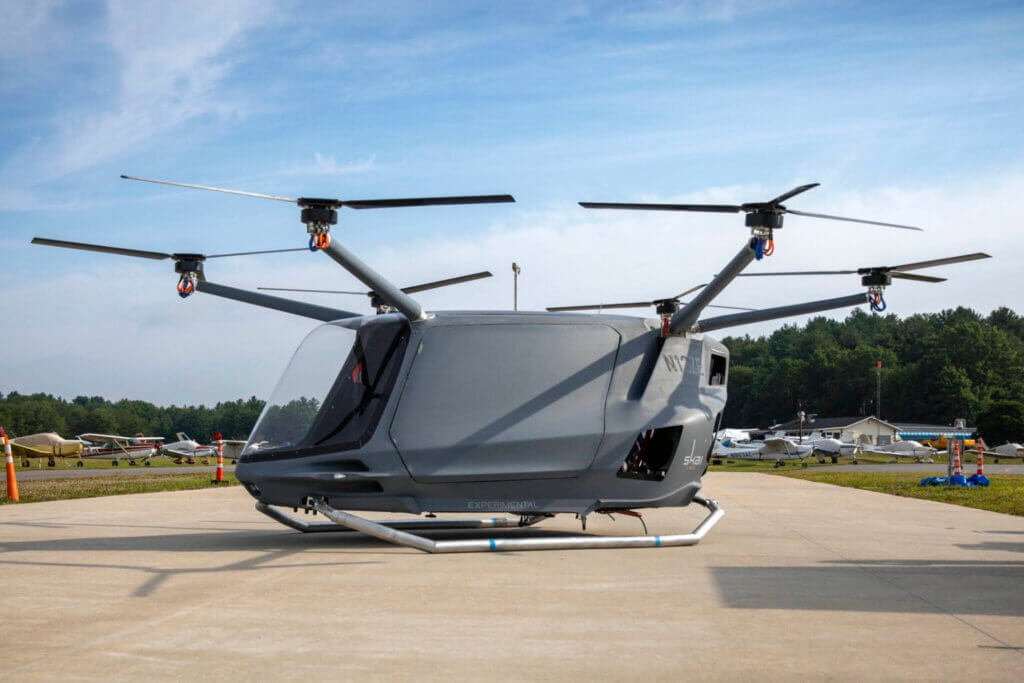
Alaka’i Technologies is venturing into the eVTOL aircraft marketplace with a new multicopter powered by liquid hydrogen. While liquid hydrogen has been used in forklifts and motor vehicles, implementing it in aviation has proven challenging due to its lower efficiency compared to traditional jet fuel and the lack of existing infrastructure for transportation and storage.
Despite the complexity and high cost associated with using liquid hydrogen, it offers performance advantages over battery electric energy, such as better range and flight duration. This makes it an attractive option for eVTOL aircraft, providing improved safety and access to markets not viable for battery-operated rotorcraft.
Hydrogen fuel cells are now close to 60% efficient, a significant advancement from their traditional 40% efficiency. Alaka’i Technologies aims to have its Skai aircraft certified for flight by 2026 and has developed a model for setting up hydrogen fueling stations across the U.S. to support its customers.
While pursuing zero carbon emissions in aviation through liquid hydrogen fuel is commendable, the key challenge lies in making the business case work. The company plans to work with partners to build an ecosystem that supports the use of hydrogen for aviation.
As Alaka’i Technologies navigates the certification process with the U.S. Federal Aviation Administration (FAA), regulators will focus on the safety and reliability of liquid hydrogen storage on the aircraft, as well as how it integrates with other aircraft systems. The FAA expects to see more traditional aircraft transitioning to electric, hydrogen, and hybrid propulsion, and is open to innovative approaches that meet its safety standards.
In conclusion, Alaka’i Technologies’ use of liquid hydrogen in its Skai aircraft reflects a commitment to advancing sustainable aviation solutions, though overcoming the technical and logistical challenges will be crucial for its success in the evolving eVTOL marketplace.



